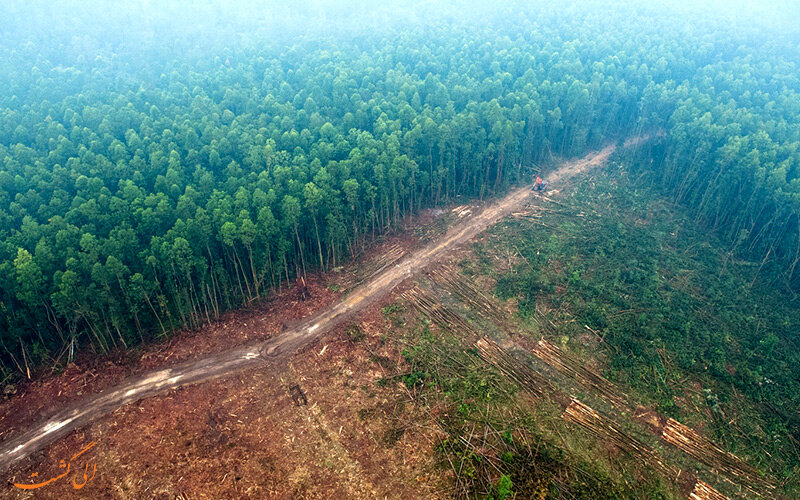Desertification control plan on agenda

TEHRAN – The desertification control program is on the agenda to maintain the biological security of the country along with food security, Abbas-Ali Nobakht, head of the Forests, Rangelands, and Watershed Management Organization (FRWMO), has said.
Increasing vegetation cover is one of the vital programs, and in this regard, the capacity of the village councils and municipalities will be used, he said.
There are about 32 million hectares of desert areas in the country, 20 percent of which, amounting to 6.3 million hectares, is located in the north of Kerman province, Nobakht noted, IRNA reported on Wednesday.
About 4.5 million hectares of the total deserts of Kerman province are areas sensitive to wind erosion, and the severe lack of vegetation in these areas causes sand and dust storms after mild winds.
The focus of the FRWMO activities in the north of Kerman province is to control the critical centers sensitive to wind erosion; The implementation of a desertification control plan plays an effective and important role in the biological security of the inhabitants of desert areas, and the prevention of migration from desert areas, he explained.
70-year history of dealing with desertification
Iran has a 70-year history of dealing with desertification and dust control, with about 5 million hectares of planted forests in sand and dust storm hotspots, especially in areas with less than 50 mm of rainfall, Ali Mohammad Tahmasebi, head of the national working group for mitigating SDSs, has said.
Studies by international organizations show that the Islamic Republic has recorded the highest number of reforested desert areas after China, he added.
Parviz Garshasbi, deputy head of the Forests, Rangelands, and Watershed Management Organization, has said that according to the Sixth National Development Plan, desert greening measures were to be carried out in 1,140,000 hectares of the country's deserts, but so far, the operations have been conducted in only 350,000 hectares of deserts.
An estimated 2 billion tons of soil is lost due to erosion in Iran annually, it takes an average of 400 years to form a centimeter of soil on the planet, he said, adding, in Iran's climate, this time is between 700 and 1000 years.
Wind erosion brings an annual economic and environmental damage of 30 trillion rials (nearly $100 million) to the country, according to the latest studies in 2019.
“Over 88 percent of the country can be affected by desertification. According to the 2018 survey, 37 million hectares of the country are exposed to land degradation and 23 percent of the total area is subject to severe degradation in terms of reduction of vegetation and soil fertility.
Also, 22 provinces of the country with an area of 29.5 million hectares in 187 regions are affected by wind erosion and there are 237 crisis centers with an area of 13.9 million hectares due to the influx of annual quicksand to the railway infrastructure, roads, agriculture, and other parts are damaged,” he explained.
FB/MG
Leave a Comment